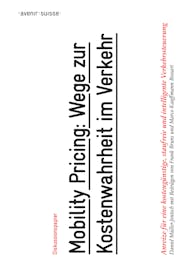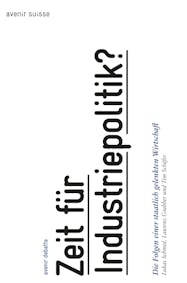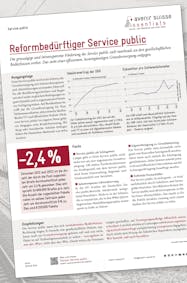Demand for travel in Switzerland has decoupled itself in recent years from underlying population and economic growth. While the population rose by 10 per cent between 2000 and 2010 and gross domestic product by 21 per cent in real terms, highway traffic climbed twice as fast (by 41 per cent) while the number of passenger kilometers travelled by rail jumped by 54 per cent.
The reasons lie in the three structural weaknesses of Swiss transport policy:
- The extensive subsidisation of transport through tax revenues, which additionally stoke demand. The rail service covers just 41 per cent of its costs.
- Inadequate price differentiation. While peak period trains are bursting, Swiss Federal Railways’ average seat occupancy on regional services is a mere 20 per cent, rising to 32 per cent for long distance trains. Roads too have very differing useage densities.
- The “politicisation” of investment decisions has led to billions of francs in misallocated resources. While traffic can be bumper to bumper on Switzerland’s prime north-south highways, about SFr 9bn has been invested in little used side roads.
The solution for these structural errors lies in “Mobility Pricing”- ‘ in other words the application of market pricing mechanisms to transportation. That will require tougher cost-benefit analysis, greater price differentiation based on journey times and routes, and investment choices based on cost-benefit factors, rather than a federal “wish list”. Mobility pricing is not a technology in itself, but an economic principle that allows the greatest cost transparency – a principle that enjoys great support elsewhere. Travellers will have to pay more, there will have to be bigger price differentials depending on time of travel and choice of route, and investment decisions will have to be based on stricter cost benefit factors. But it will all prompt greater transparency about the true costs of travel
Using case studies, our discussion paper shows how mobility pricing has been implemented – and proved its worth – in many countries. Austria’s six transalpine crossings, for example, involve tolls for any tunnels longer than 5 kms. In Switzerland, the new Gotthard tunnel could serve as a pilot project for a toll: indeed this could not just finance the modernisation of the existing tunnel, but also reduce traffic jams.
Congestion in cities like Zurich and Geneva could also be relieved through a congestion charge. Stockholm is a prime example, where such a toll was introduced in 2006. And the “Performance Related Swiss Traffic Charge” (Leistungsabhängige Schwerverkehrsabgabe or LSVA) already levied on lorries show mobility pricing works here. The lorry toll has produced revenues of SFr14bn since 2001 – money that’s been made available for investment in the country’s transport infrastructure.
In public transport, raising prices on congested rush hour stretches, such as Zurich-Bern, should take priority. In the longer term, it would make sense to abolish the GA (General Abonnoment – a Swiss public transport season ticket allowing unlimited travel) – as this “flat rate” tariff is an incentive to travel excessively. A first step could be the substitutn of the current cut price GA for pensioners with a bargain “off peak GA” valid only outside peak periods. And the railways’ ability to finance operations through revenues should be raised to around 60 per cent by 2030.
Our discussion paper shows mobility pricing is feasible and should privilege neither rail nor road. It also shows that the principles of mobility pricing can be introduced in stages. Mobility Pricing would dampen demand for travel, guarantee improved capacity utilisation, cut jams, lower the immense costs of the transport system and produce a more equitable balance. For whoever wants the freedom of mobility should also be willing to pay for it.





